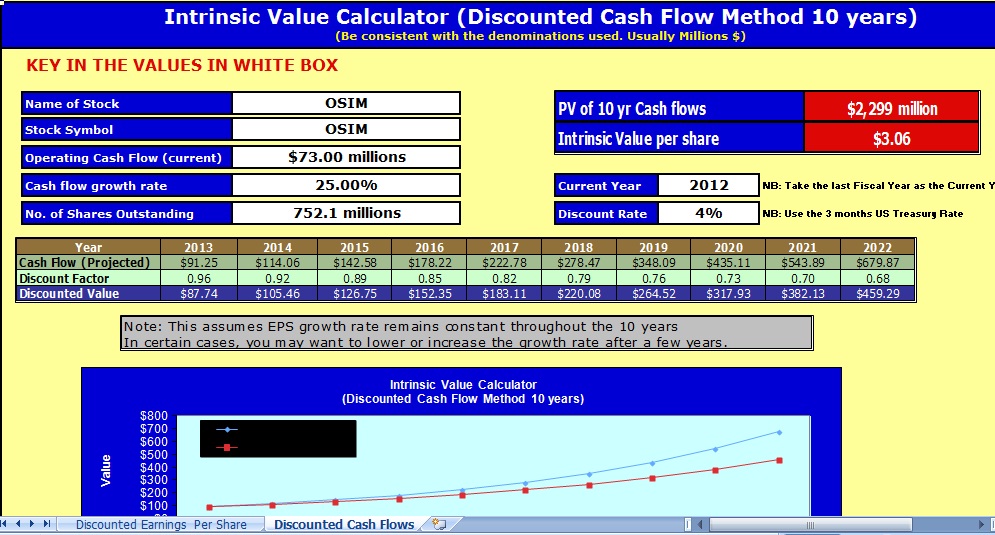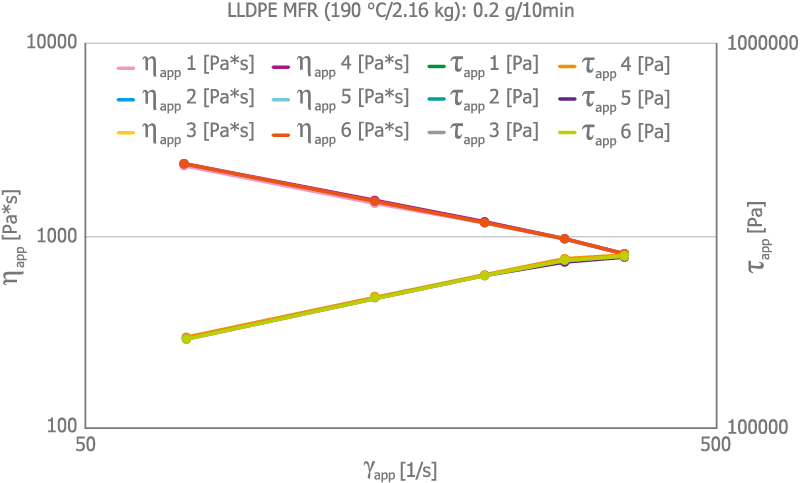

1) were designed and optimized for LDPE, which is a very shear-thinning polymer due to long-chain branching and broad MWD. To illustrate the last point, we calculated melt-temperature predictions with Computational Fluid Dynamics (CFD) in the mixing section of a single-screw extruder for two polymers with comparable viscosity, but vastly different shear-thinning behaviors. In particular, the shape of the viscosity curve as a function of shear rate has an effect on the flow distribution from an extrusion die, the melt pressure through a die, and melt temperature at the tip of a screw. Understanding how a given polymer grade shear-thins can help processors understand many extrusion issues, and therefore it is critical to learn how to “read” a viscosity curve.

For instance, a linear polymer like LLDPE will tend to shear-thin much less than a polymer with long-chain branching like LDPE. This viscosity decrease is called shear thinning, and it depends on polymer structure and molecular-weight distribution (MWD). Polymer melts are non-Newtonian fluids and exhibit a decrease in viscosity at an increasing shear rate. Recycled Polyamide for Consumer Goods and Engineering Plastics


 0 kommentar(er)
0 kommentar(er)
